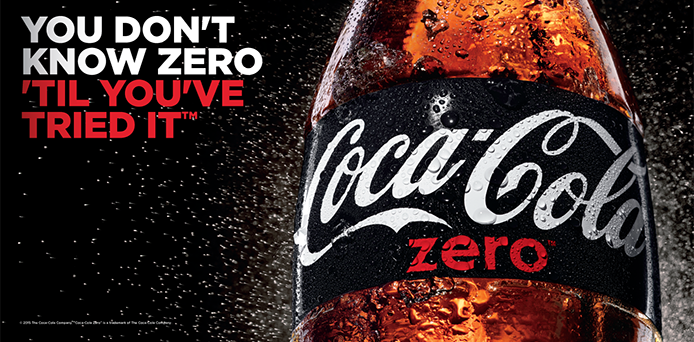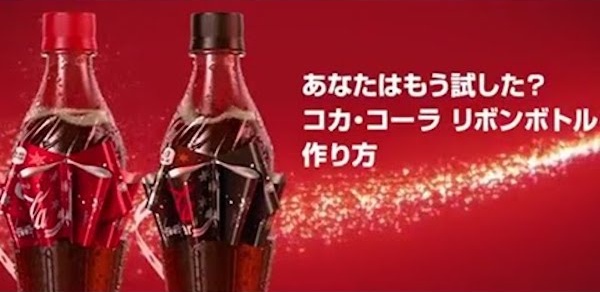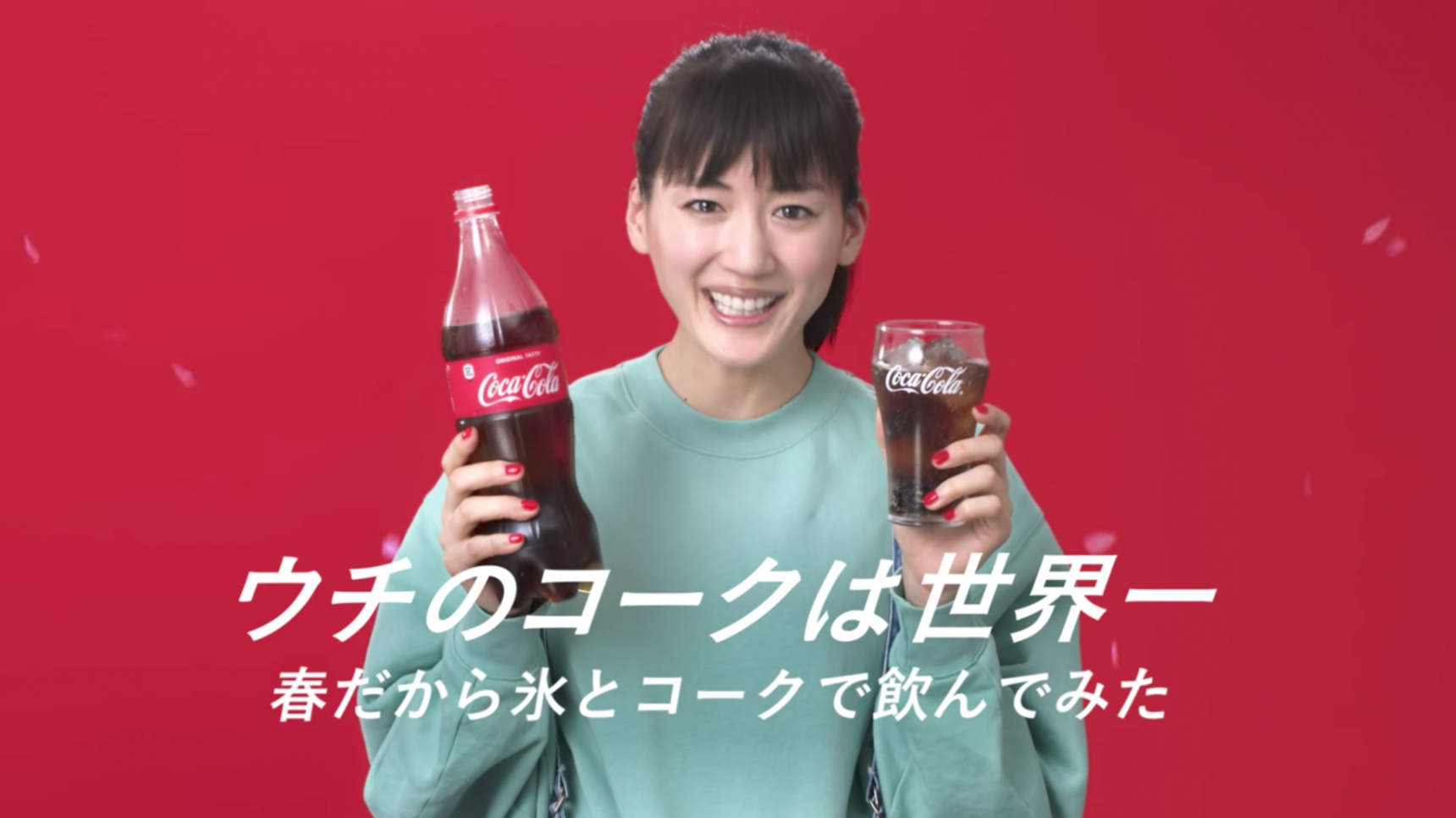Why Are Japanese Commercials so Different?
I spent years as the creative director of an advertising agency. In 2004, I represented Japan as a judge at the Cannes Lions International Festival of Creativity. I've published several books on advertising trends, and since 2011 I've been a university professor studying trends in domestic and international advertising and television commercials.
By Tatsuro SatoWhen you spend a lot of time watching Japanese and Western TV commercials, you start to notice a few key differences, one of which I'd like to examine here.
Western TV commercials typically start with a core "idea" of some sort: a message, concept, thought process or theory. This idea is thrown at the viewer with the goal of engaging them and making a lasting impression.
Japanese TV commercials, on the other hand, are often based less on an idea than on a feeling: they aim to create an impression or sense of realization, hoping to convey the "essence" of a product (e.g. the "essence" of a soft drink). Since this abstract impression alone won't engage or leave a lasting impression, Japanese commercials frequently need to tap into the power of celebrity to reinforce their messages.
With this in mind, I refer to the Western approach to TV commercials as "concept"-oriented, while the Japanese focus is something I like to call "sizzle." We can get a sense of the difference in the following series of Western and Japanese commercials for Coke Zero.

https://us.coca-cola.com/coke-zero/
To start, take a look at this commercial, which aired in the U.S. in 2008.
The concept (i.e. the message Coca-Cola Ltd. wants to convey) is clearly: "Coca-Cola Zero is so delicious you can't tell the difference between it and regular Coke." To get this concept across in an impactful and engaging way, we see the characters "Eyeball" and "Tongue" arguing over whether what Tongue is tasting is regular Coke. While Eyeball can see the label is different, Tongue insists it tastes so good it must be the same. "Brain" then comes along to bring the argument to an amusing conclusion.
As viewers, we understand the concept. We register the message Coca-Cola Ltd. wants to send. But I don't think you'd see a commercial like this in Japan.
Why not? Because it doesn't convey the "essence" of a soft drink, or elicit the "feeling" of a soft drink in the viewer.

https://www.youtube.com/watch?v=yGhnCHaIxq8
Let's now look at how this Japanese commercial approached the same subject.
To convey the message that you won't be able to tell the difference between the taste of Coke Zero and regular Coke, we simply have someone drinking Coke Zero and reacting to the taste. While this works to create a sense of realization in the viewer, there's nothing engaging in this method of expressing the idea. So to make a stronger impression, Coca-Cola has applied the power of entertainment giant Masahiro Nakai, who at the time was leader of the best-selling boy band in Asia, SMAP, and Nakai himself was ubiquitous on TV as the host of countless regular programs and specials. (In the commercial, after much build-up about his ability to tell the difference, Nakai is embarrassed that he guessed he was drinking regular Coke.)

https://www.youtube.com/watch?v=YbWaAcGCRdA
Finally, let's look at a series of more recent Japanese commercials for the same product.
Here we see members of the mega-hit music and dance group Exile dancing through a world of ice, conveying a sense of the product's refreshing coolness. While we have statements about the product's key attributes, such as "ZERO calories," "ZERO preservatives" and "ZERO artificial flavors," the core of the commercial's appeal is tapping into "cool" celebrity power to convey a sense of ice-shattering coolness.
https://www.youtube.com/watch?v=KymCy2ezFt8&list=PLA60B79D2E720A4CF&index=6
At Cannes Lions and other international awards, Japan acquits itself fairly well in the web department, but its TV commercials hardly ever win prizes. The reason may lie in this particular tendency of Japanese commercials to go for "sizzle" over "concept"—a state of affairs that's even whispered about knowingly among advertising producers.
This is just one of several key traits of Japanese commercials I've identified, including the development of long-term series, the creation of mass content without an obvious message, and giving away the company or product name on the first screen. But since those are each topics worthy of their own investigation, we'll leave them for another time.




